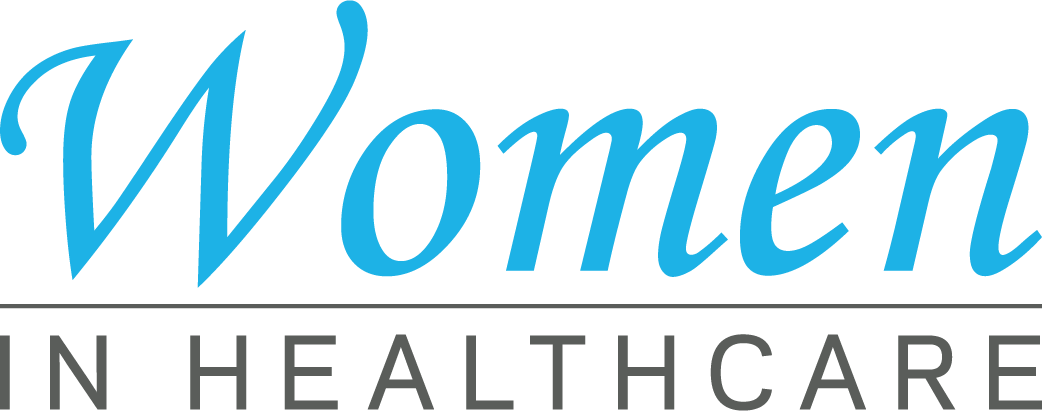Healthcare RCM Equipments to Make The Most Of Income and Minimize Rejections
Wiki Article
A Comprehensive Overview on How Healthcare RCM Works to Improve Billing and Collections
Browsing the intricacies of medical care income cycle administration (RCM) is important for companies intending to enhance their payment and collections processes. The overview unboxes the complexities of RCM, from person registration to receivables monitoring, providing understandings right into optimizing each action. Incorporating sophisticated innovation and standardized treatments can substantially lower insurance claim rejections and speed up payment cycles. Yet, truth difficulty depends on flawlessly merging these elements to boost capital. As we explore the core elements and approaches that drive performance, one concern continues to be: exactly how can healthcare entities best placement themselves to grow economically in an ever-evolving sector?Recognizing Revenue Cycle Management
Realizing the details of Earnings Cycle Administration (RCM) is important for health care organizations intending to enhance their monetary efficiency. RCM is a crucial administrative feature that incorporates the entire monetary process of individual treatment, from the initial appointment readying to the final repayment of the equilibrium. It is a complicated procedure created to identify, collect, and manage the revenue from the solutions supplied to individuals. Reliable RCM ensures that doctor get accurate and prompt settlements, decreasing the risk of income loss and improving capital.The RCM process starts when a client timetables an appointment and expands through the client's treatment journey, consisting of payment and collections. An essential goal is to minimize the time between receiving and offering a service settlement, hence boosting the organization's economic health and wellness. RCM includes numerous features such as patient enrollment, insurance policy confirmation, charge capture, coding, declares submission, settlement posting, and managing rejections and appeals.
Trick Components of RCM
In the world of Profits Cycle Monitoring (RCM), recognizing its crucial parts is essential to attaining financial performance within healthcare companies. RCM is a comprehensive process that incorporates numerous stages, each vital to guaranteeing effective invoicing and collections. The main elements consist of individual registration, insurance coverage verification, charge capture, coding, insurance claim entry, payment publishing, and accounts receivable management.

When coded, insurance claims are sent to payers, where accuracy is paramount to avoid hold-ups or beings rejected - Healthcare RCM. Payment publishing involves videotaping the gotten repayments, which allows for the reconciliation of accounts. Last but not least, receivables monitoring concentrates on monitoring and resolving unsettled claims, making certain timely follow-up and resolution
Each component of RCM is interconnected, and inadequacies in any type of part can interfere with the whole cycle. As a result, mastering these aspects is important for healthcare carriers to optimize income and enhance their financial health and wellness.
Strategies for Reliable Billing

Standardizing payment treatments across the organization is one more crucial method. Establishing clear standards for documents, coding, and entry aids maintain consistency and compliance with regulatory demands. Educating personnel consistently on these procedures makes certain everybody is updated with the most recent modifications in billing codes and payer plans.
Accurate charge capture is essential in protecting against profits leak. Applying routine audits and surveillance systems permits the identification and correction of disparities before they affect revenue. Additionally, keeping open lines of interaction with payers helps to quickly solve any disputes or misconceptions that may occur.

Lastly, interesting individuals early in the billing process by offering clear estimates and instructional products about their monetary duties can significantly decrease complication and enhance payment timeliness. These techniques collectively add to a much more effective and financially healthy payment system.
Enhancing Collections Processes
Given the complexities of clinical invoicing and the selection of payer requirements, enhancing the collections process entails applying tactical measures that guarantee precise and prompt payment of services rendered. Automation tools can assist in tracking insurance claim statuses, sending out timely pointers to individuals, and taking care of denials more successfully.Training team to understand the nuances of insurance plans and billing codes is similarly vital. This knowledge empowers them to attend to payment inconsistencies quickly and connect properly with individuals concerning their economic obligations. Moreover, clear and clear individual communications are essential. Offering thorough explanations of costs and providing link versatile repayment plans can boost person satisfaction and timely settlements.
Routine audits of the collections process ought to be conducted to determine locations for enhancement and make certain compliance with laws. By analyzing data, medical care organizations can identify trends, expect possible problems, and adjust methods accordingly (Healthcare RCM). Ultimately, a well-enhanced collections procedure not only supports monetary health and wellness yet likewise adds to a much more seamless experience for patients and personnel alike
Optimizing Income Streams
Building upon the structure of a strong collections procedure, medical care organizations can better strengthen their economic stability by tactically enhancing earnings streams. This involves a multi-faceted technique, starting with a comprehensive analysis of existing revenue sources to determine inadequacies and locations for growth. Employing advanced data analytics tools enables companies to gain understandings into payer mix, patient demographics, and service utilization patterns, permitting for data-driven choices that improve profits capture.Executing automated payment systems can considerably reduce errors and expedite insurance claims refining, making certain that revenue is collected more effectively. Moreover, maximizing payer agreements with routine negotiations can enhance compensation prices and terms, directly influencing the lower line. Branching out solution offerings, such as including telehealth or health care, can additionally bring in a broader patient base, therefore increasing income capacity.
An additional essential component is improving individual interaction and satisfaction, as satisfied patients are extra More Help likely to stick to therapy strategies and make prompt payments. Supplying versatile settlement options and clear payment methods can improve collections and foster client commitment. Healthcare RCM. By taking on these techniques, health care organizations can produce an extra resilient financial structure, making sure sustained development and stability in an ever-changing market landscape
Verdict
Finally, health care Profits Cycle Monitoring (RCM) plays a crucial duty in maximizing payment and collections procedures by integrating vital elements such as patient enrollment, insurance confirmation, cost capture, coding, declares submission, and balance due management. By utilizing innovative technology, standardizing treatments, and promoting important source patient involvement, doctor can dramatically reduce case denials, accelerate settlement cycles, and boost money flow. This thorough approach to RCM eventually causes enhanced financial effectiveness and sustainability for healthcare companies.The RCM process starts when a client timetables an appointment and extends through the client's treatment trip, consisting of payment and collections.One more crucial element is enhancing individual engagement and complete satisfaction, as satisfied people are extra likely to adhere to therapy plans and make prompt payments. Using flexible payment options and clear billing techniques can enhance collections and foster patient loyalty.In final thought, health care Earnings Cycle Administration (RCM) plays an important role in enhancing billing and collections procedures by incorporating essential parts such as patient enrollment, insurance policy confirmation, charge capture, coding, claims submission, and accounts receivable administration. By using advanced innovation, standardizing procedures, and promoting patient engagement, healthcare suppliers can dramatically decrease claim rejections, increase payment cycles, and improve cash money circulation.
Report this wiki page